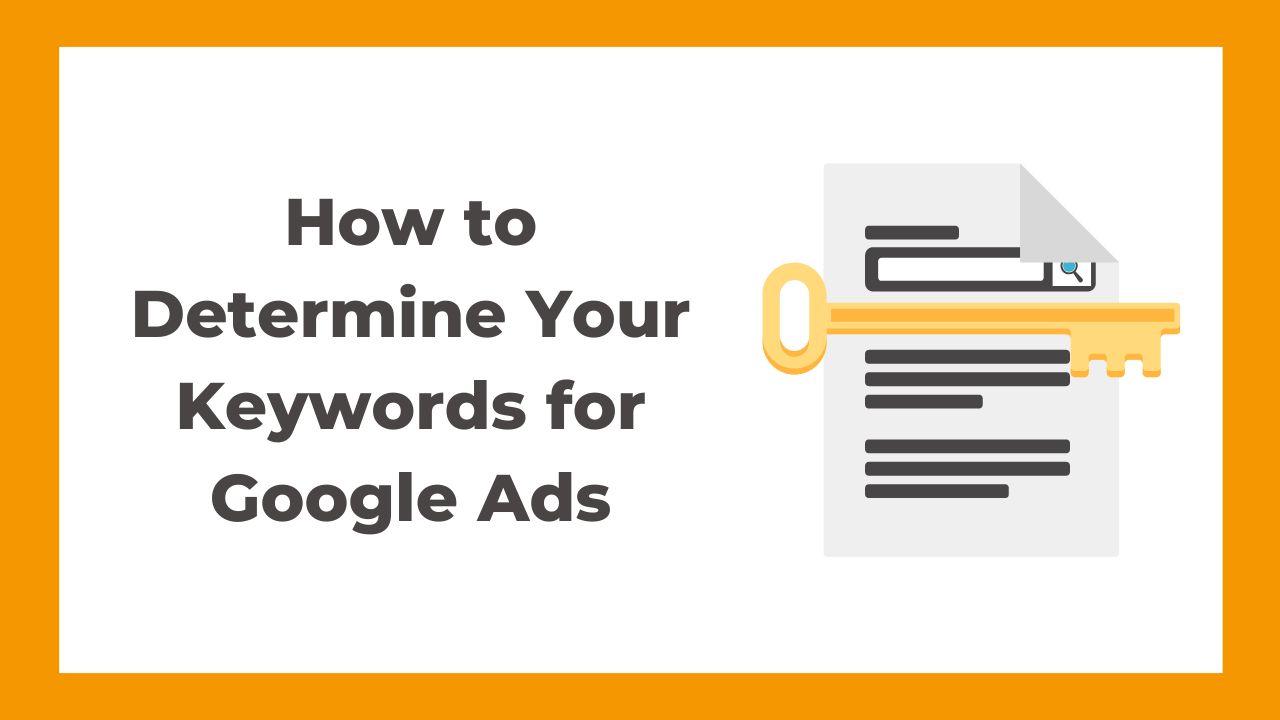PPC Advertising is a critical channel for many small to medium business owners but how do you even start to think about what your PPC campaign should involve?
You should be thinking about your keywords, your bidding strategy, your scheduling and where you’re going to place your ads.
In this blog, we are going to discuss how to find the right keywords for your business, what kind of match types to use and how to put together your keyword strategy.
How do I Find the Right Keywords?
You will already have a general idea of what your keywords will be just based on the industry that you are in and the products you sell. But if you’re stuck for ideas the best way to figure out what your keywords should be is to use a keyword generator like SEMRUSH’s keyword magic tool.
Once you have a list of around 10 top performing keywords then you can start to think about what kind of keyword match types you want to use. Tools like this can also give you an idea of the cost per click (CPC) and the monthly search volume for your keywords and other similar keywords that Google suggests.
What are the Different Keyword Match Types?
How many ways can you search for one thing? For example, someone looking for a digital printer may search for ‘printer’ ‘digital printer’ ‘high-quality printer’ ‘large format printer’ – they will all yield similar results but the wording is different.
Therefore, you don’t want to choose keywords that don’t restrict your business to appearing only when someone searches specifically for your product because you would be missing out, right?
Google provides businesses with a smart solution to this issue, so instead of you having to come up with every iteration of your keywords, Google can do it for you. Google’s three keyword match types are:
Exact Match
Phrase Match
Broad Match
Depending on your goals, each can have its individual uses.
What are Exact Match type keywords?
his match type will only display your ads when the user searches for your exact keywords (or something very similar).
For example, if your keywords are ‘large format printer’ then your ad will appear when someone searches for ‘Large format printer’ or ‘Printer for large format’ but it will not appear if someone searches for ‘Large Digital Printer’ as this search involves words that aren’t included in your keywords.
What are Phrase Match type keywords?
This match type will only display ads when your keywords are included in the same order as you have set them. This kind of keyword match can also include additional words that aren’t in your keywords.
For example, if your keywords are ‘large format printer’ then your ads will appear when someone searches for ‘large format printer with fast print speed’. However, if the user searches for ‘large format, high-speed printers’ your ad will not appear as your keywords are broken up by other words.
What are Broad Match type keywords?
This match type will display your ads when the search term includes your keywords in any order, including a combination of other words. Other variations of your keywords will also be included in this match type including singular and plural versions and synonyms for your keywords.
Going back to our ‘Large format printer’ example, broad match will include variations such as ‘Large format printers’ ‘Printers for large format’ ‘Digital Printers for large format printing’ meaning that your ads will appear in an increased amount of searches compared to using exact match or phrase match.
How do I Set up My Keyword Strategy?
Now that you know the difference between all the match types, you need to decide when to implement them. There is no correct or incorrect way to implement these different match types, the order in which you use them is usually determined by your performance metrics.
Starting With Exact Match
By setting your keywords to exact match at the outset of your campaign, you are reaching an audience that is searching for your product specifically, meaning that most people that are shown your ad will be interested in what you have to offer.
The downside of using exact match is that you are restricting the number of searches that your ad will appear in, this narrows your audience quite significantly and will potentially reduce the amount of traffic to your website. You will likely miss out on qualified leads and potential customers who are searching for your product but just haven’t used the correct wording.
Starting With Broad Match
Alternatively, you can set your keywords to broad match at the start of your campaign, this will have quite the opposite effect to exact match. You are more likely to get a higher amount of traffic going to your website but it is unlikely that all of that traffic will be from potential customers.
This is because the amount of searches you will appear in when using broad match is a lot higher. Therefore, you may appear in someone’s search just because one of your keywords matches, unlike the traffic you will get from exact match there is likely to be some discrepancy between what the customer is searching for and what is shown to them.
A way to avoid gaining too many unwanted site users is to utilise the negative keyword match function to avoid getting traffic from specific searches. Monitor your performance metrics when using broad search to ensure you aren’t bidding on irrelevant keywords and driving irrelevant traffic to your website.
Conclusion
The most effective way of deciding which keywords work best for your business is to experiment with multiple strategies and keyword match types until you get the results that you are seeking.
It can be a long and slow process which takes f iterative improvements and dedication. Over the years, we’ve learnt from thousands of pounds of investment in ads and can help you reduce the time it takes to build a successful campaign.




